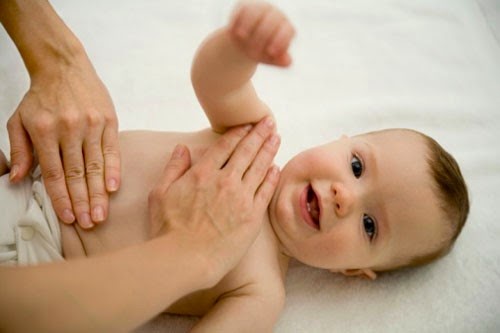When a Child Doesn't Remember What He Reads!

The following steps can be used with a student to develop his ability to change the words he hears or reads into pictures for good comprehension. STEP 1: PARENT/TEACHER READS A PASSAGE ALOUD Choose material to read to the child that is interesting and very descriptive. Standing in front of him as you read to him, have the child sit upright and keep his eyes upward, creating a “movie” in his mind STEP 2: THE STUDENT READS ALOUD TO YOU After your child has demonstrated proficiency in converting words to pictures as he hears them, he is ready to read the words himself while creating his “movie. STEP 3: THE STUDENT READS SILENTLY When your child is successfully reading aloud while making good pictures in his mind, you can have him read a passage silently, asking him to stop every few lines or so, and asking him to tell you about the pictures he has made.




